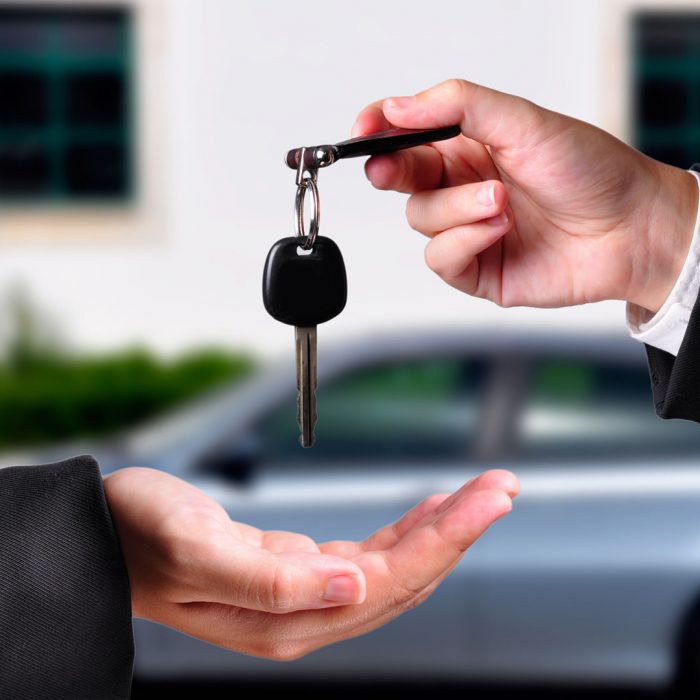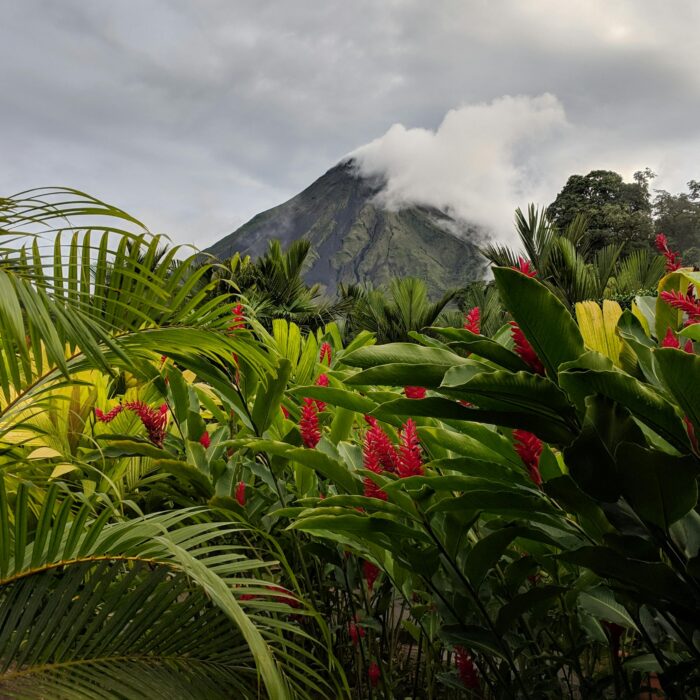It’s striking and fast, covers 400 km on a single charge, and can drift with the stability control turned off. And it’s cheaper than Zeekr or Avatr. So why is the Rising R7 electric crossover unwanted by many?
Working with these “gray” Chinese “electric cars” is like navigating the unknown, even for those who repair them. And if sellers and repairmen at least have some connections with manufacturers in China, we, the journalists at Autorreview, have virtually none.
And here I am, using an online translator to scrounge for any information about who and why created Rising. “What can I talk about with you, you get everything from the internet,” Nikolay Fomenko threw at my face during the first presentation of Marussia when he couldn’t answer any of my questions. How true the words of the greats become over time.
Oh, I found something: Martin Kropp, who received the prestigious Red Dot award in 2009 for the Volkswagen Passat CC, is listed as the chief designer of the R7 crossover in 2021. Consider the timeline: Kropp left Volkswagen in the summer of 2018 for the Chinese company Zotye, but by the fall of 2019, he had moved to SAIC. A wise move, considering Zotye went bankrupt in 2021.
The SAIC R ES33 concept car, which closely resembles the production Rising R7, was unveiled at the Shanghai Auto Show in April 2021. That means less than a year and a half for development. Another year and it hit the production line.
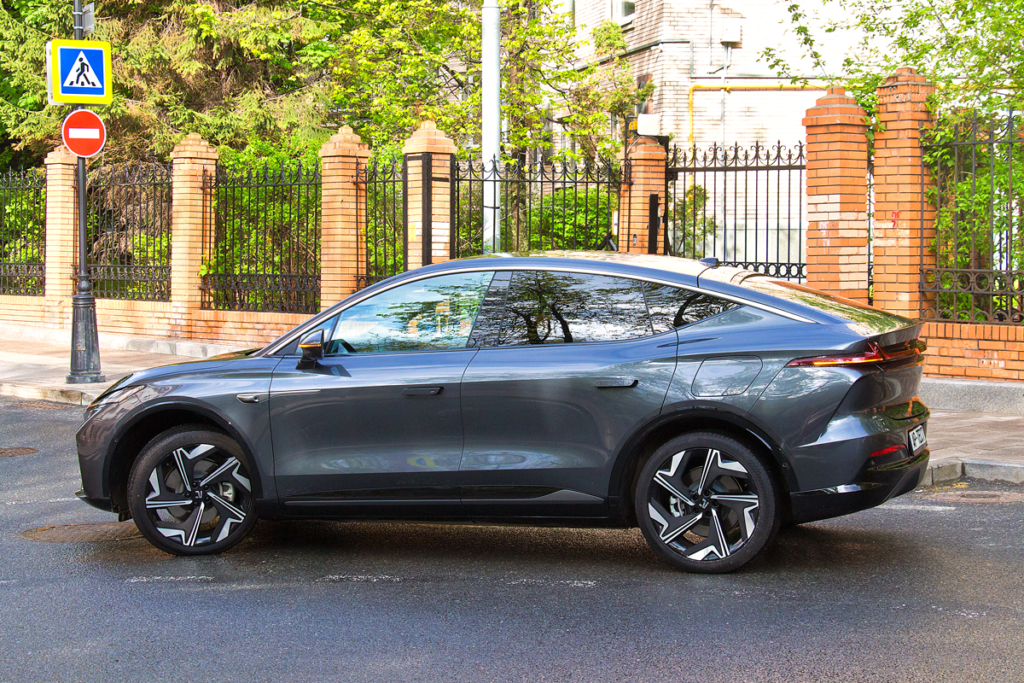
But the R7 looks… Beautiful? Yes, it’s bright and modern, and people do turn to look at it. But they quickly look away, as if in disappointment. Even the glowing R lettering—white at the front and red at the back—doesn’t help. It lacks originality and coherence in its design.
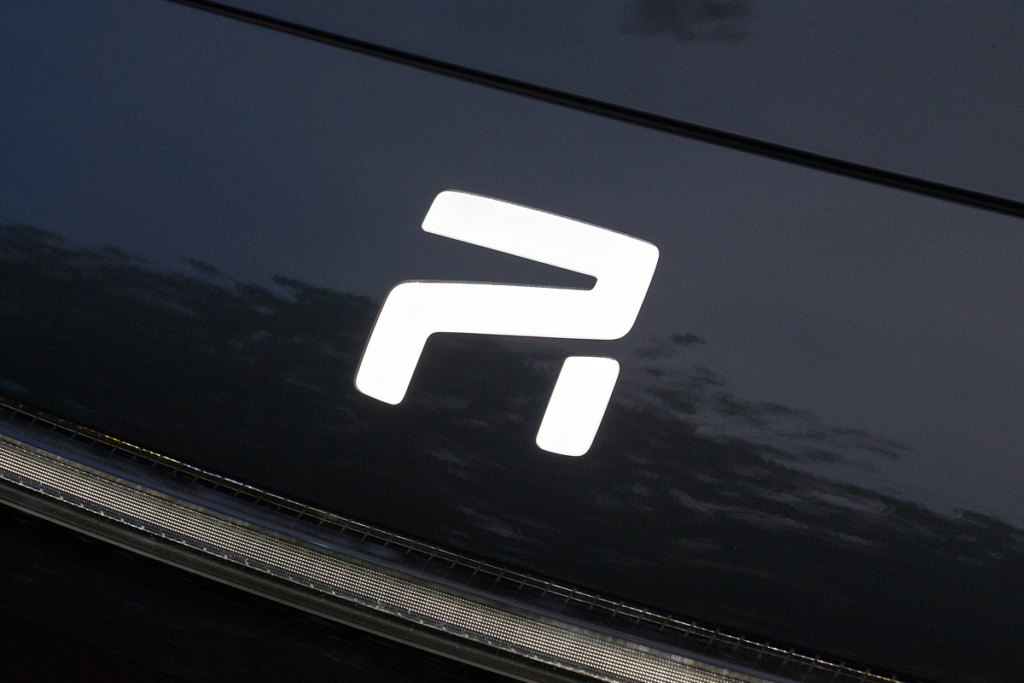

Perhaps they should have called in a more prominent stylist? And it’s no coincidence that the Chinese have just hired the well-known Slovak Jozef Kabaň as the chief designer for the entire SAIC conglomerate. He will now lead a team of 300 people across three centers: the main one in Shanghai and two research centers in London and Tokyo.
By the way, when searching online, it’s better to use ‘Feifan,’ which means ‘extraordinary’ in Chinese—this is the brand name for the domestic market. Both brands evolved from the Roewe brand, which SAIC created in 2006 during the battle for the British Rover. In 2020, the Chinese planned to separate a couple of promising electric vehicles into the R branch, and a year later, Feifan/Rising appeared.

But if there’s at least some information about the design, then about the chassis… Who’s the chief engineer, what platform are the Feifan/Rising R7 and the related electric liftback F7 built on? The Net is silent, giving no answers. Maybe someone at AGP, the company that imported both cars to Russia and sells them through Avilon Electro dealerships, knows? “We haven’t figured them out yet.”
Meanwhile, the Rising drives quite well. It drives civilly.
The base R7 is rear-wheel drive, but AGP wisely decided to import dual-motor versions to Russia with a combined power of 544 hp. We haven’t conducted instrumental measurements, but I believe the manufacturer’s claim of 3.8 seconds to 100 km/h! Yes, initially after pressing the accelerator, the Rising doesn’t jerk forward but starts smoothly. But a moment later—there’s just an avalanche of thrust. One, two, three—and amid the distinctive electronic whining, you barely recognize the former neighbors in your rearview mirror.
A monster! And even faster than the Zeekr 001 with similar specifications. Rising has a slight advantage in total torque (700 Nm vs. 686 Nm), but I suppose it’s more about the settings and better energy efficiency.
Several times I even caught myself thinking that the R7 could be dangerous for motorcyclists. They are used to being at the top of the food… I mean, speed chain, and here it looks like a regular crossover. But no.
It’s funny that through the menu, you can enable a roaring ICE sound, which the Bose audio system will faithfully play in the cabin. But what’s more important is that you can limit the torque with a slider—this will definitely come in handy, for example, for beginner drivers.
And for enthusiasts like us, there’s the Super player mode. Accompanied by a disclaimer: for experienced drivers, at your own risk. Click—and you are faced with the culinary depths of auto-gourmandise.
First, you can smoothly change from 100% to zero the degree of intervention of both the anti-slip electronics and the stabilization system. Second, here’s adjustable torque distribution across the axles! In five variants: rear-wheel drive, all-wheel drive, and the ratios of 3:7, 5:5, and 7:3. As far as I know, only Tesla’s Performance version offers something similar.
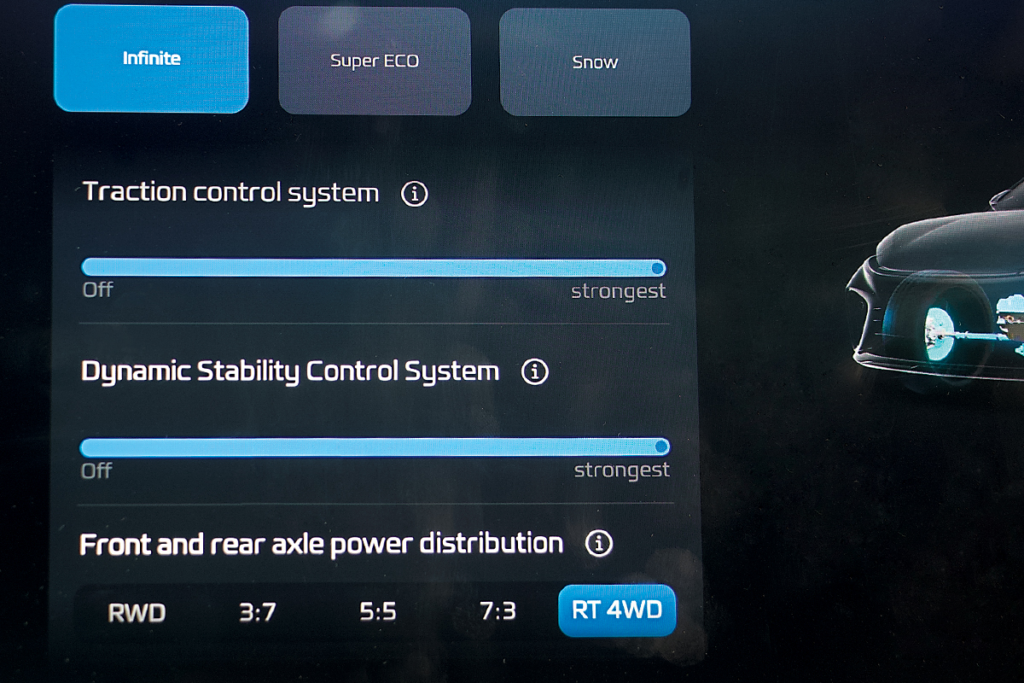
Why did we take the Rising for a test only in May? Now we have to wait for next winter. Because even on wet asphalt, the R7 in RT 4WD mode drives competently with the “collar” off. The front electric motor here is weaker than the rear one, and the mismatched tires are chosen accordingly—235 mm wide at the front and 265 mm at the rear. And Rising initially responds with a short understeer, but then obediently transitions into “pure all-wheel-drive” sliding with an emphasis on the rear wheels. Delightful!
However, this might be hindered by the less informative accelerator pedal. But if you activate the S-pedal mode, you can enjoy perfectly tuned one-pedal driving. Almost perfect, because after releasing the brake, Rising stops automatically moving, unlike we’re accustomed to in two-pedal cars—on a slope, for instance, it immediately begins to roll back. But how convenient it is to slow down in city traffic! You hardly ever use the left pedal—you calculate perfectly when the R7 will stop at a traffic light.
By the way, the ABS here seems not quite modern and operates with rather low-frequency impacts. But its effectiveness is excellent.
The chassis, meanwhile, is simple. The liftback F7 has a double wishbone setup at the front, but the R7 crossover has McPherson struts. And no “air suspension,” just springs and passive shock absorbers. But the geometry of the rear multi-link clearly indicates a well-tuned kinematics.

The steering rack is apparently quite ordinary: despite an unattractive steering wheel making a moderate two and a half turns, I miss the sharpness in smooth turns—Zeekr with its progressive gear teeth cutting wins here. But the reactive action is even more pleasant. Of course, it’s not a Taycan with its phenomenal transparency—and, as usual, the lightest mode is better than the heavier Standard and Stable settings. However, the lack of return action is noticeable only during the sharpest maneuvers, and you pass curves of any steepness confidently. On straight stretches, Rising is stable, does not notice tramlines, is grippy and predictable on curves, and the stabilization system is timely and unobtrusive. What more could you want? Except perhaps the absence of lateral sway in the most tense turns. But to combat that with a curb weight of 2.3 tons, passive suspension is simply not enough.
And one more observation. If Zeekr and Li mask the sense of speed, Rising lets you feel it even in the city. Just try not to exceed the permissible speed—it yearns to leap forward.
Regarding ride smoothness, it’s an interesting story. I picked up the Rising on winter non-studded Michelin X-Ice Snow SUV tires and was pleased: in terms of comfort, if not as good as the Li L9, it’s certainly no worse than the “pneumatic” Zeekr 001. However, when, at my request, the R7 was fitted with factory-standard Continental PremiumContact… I don’t recognize you in makeup! Where did the smoothness over minor imperfections go, why does the car now jitter on every bit of asphalt? It doesn’t reach discomfort, but the Mercedes-like ceiling light now constantly rattles. Ah, tires—they’re half the car, as Divakov likes to say.
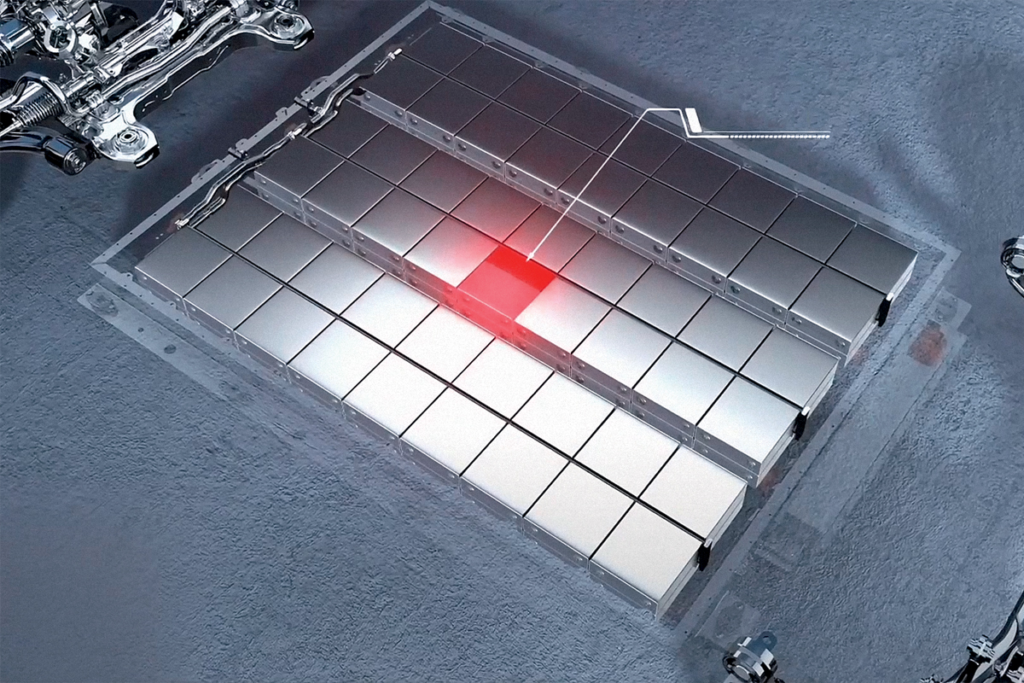
The other half of an electric vehicle—charging and range. And here, Rising does better than Zeekr! The battery capacity is slightly less (90 kWh vs. 100), but the real range is not 300 km, but all 400. Because the average energy consumption isn’t under 30 kWh/100 km, but just below 25. This is in the cold, with the test vehicle. I’m confident that in calm, warm drives, you could easily achieve 21—22 kWh per hundred kilometers.
Yes, it’s not a Tesla or a Mercedes EQE with their real 17—19 kilowatt-hours, but it’s close. Because in terms of aerodynamics, the Rising R7 is good (Cx = 0.24), and regenerative braking is effective. And the car can be charged with both AC and DC. I used a free city charger (three phases and 22 kilowatts), but Rising only accepts 11 kW per hour—with a current limit of 16 amps. The duration of a session through the “Moscow Transport” app cannot exceed five hours. Yes, there are no penalties, and you can’t tow away a connected electric car, but ignoring the stern “Leave the place no later than 15 minutes after the session ends” is not nice—what if someone really needs it? And this completely rules out overnight charging for me. After all, you wouldn’t wake up at three in the morning, having plugged in the car at ten in the evening, would you?
So Rising spent the night in a regular parking space—thankfully free. And in the morning, the first thing you do—no, not brush your teeth—is to check your phone. Is the charger free? Dash outside, jump behind the wheel—and to the charging station! Hurrah, I made it: it has two sockets, but a BMW iX is already parking at the first one. And it’s parked so that there’s no room for me. Thanks to the guy, he moved over. Now to pull out the cable from the trunk, connect, start the session—and you can shower in peace.
You know what this is like? “Would you like to be a dog on a leash” echoes in my mind, a Beatles tune from Abbey Road. Rain, blizzard, storm? Doesn’t matter—get going. Except that your leash isn’t thin but a thick hose. Which can be dirty and wet. Brrr.
But five hours later—and the battery is charged with enough electricity for 200 kilometers of driving. So the main thing is not to let the charge level drop below 50%. Inconvenient? But you drive fast, silently, eco-friendly, for free.
And comfortably.
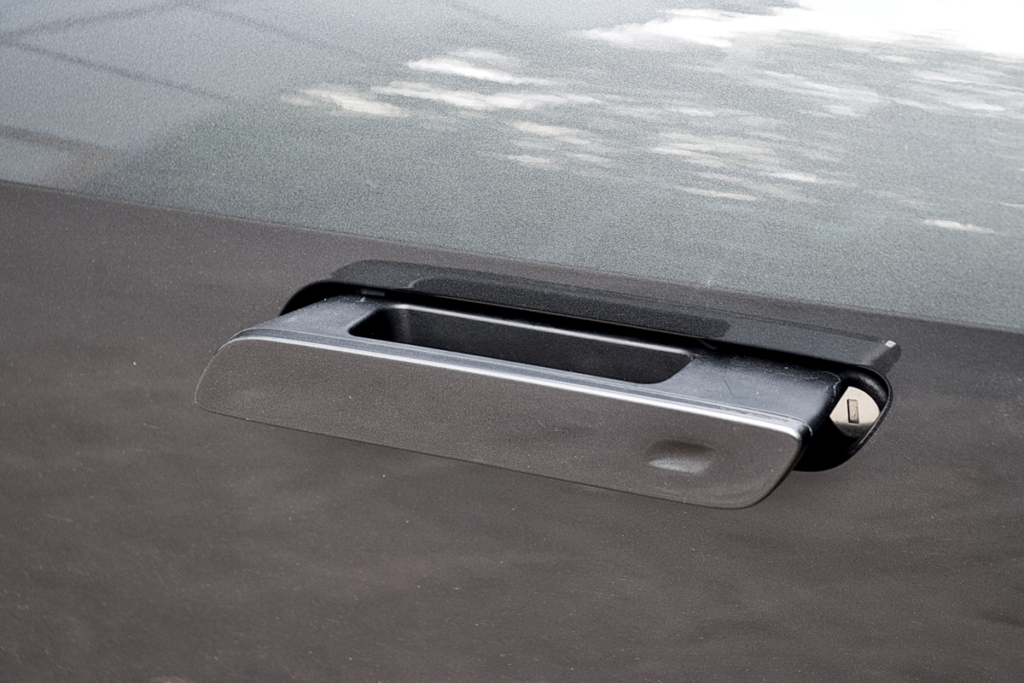


These seats lack lateral support, but oh, the massage! And both are becoming commonplace among the Chinese—there’s nowhere to rush in China, but manual therapy has a thousand-year history. Door servos? If Zeekr doesn’t have separate interior buttons, here, on the contrary, there are no conventional handles—and overall, it’s more convenient. You approach the car with an oval Bluetooth key in your pocket, press the edge of the obligingly extended exterior handle—and the door opens… Hey, why did it stop halfway? Scared of the curb, silly? Alright, let’s yank it open by hand. And immediately press the interior button on the door panel—by the time you’ve sat down, Rising has already closed. And if you’re too lazy to press, just press the brake.
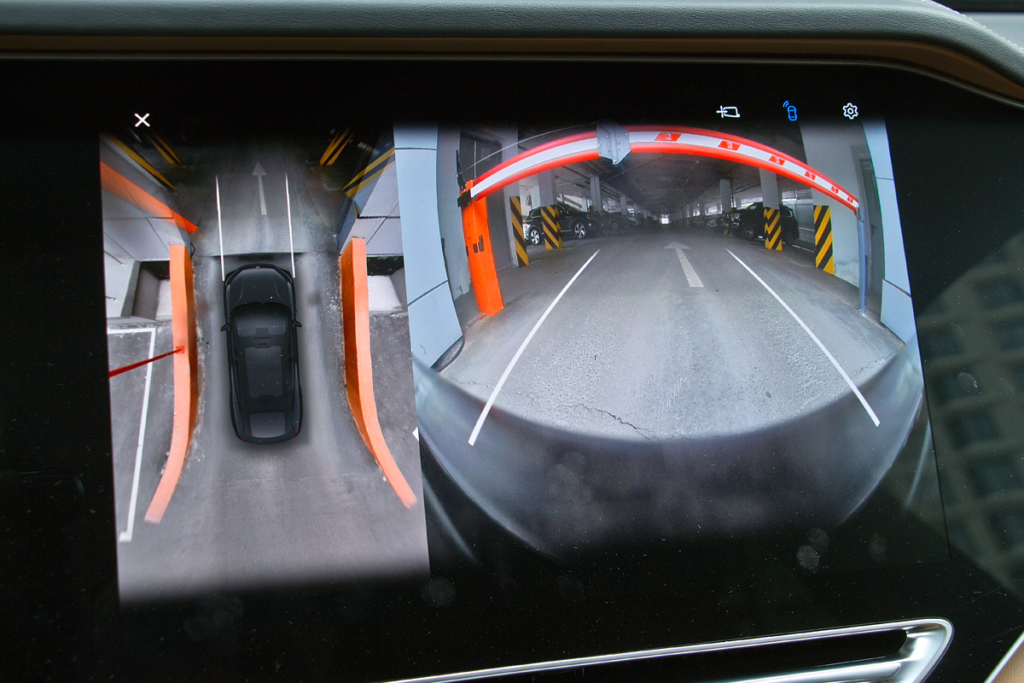
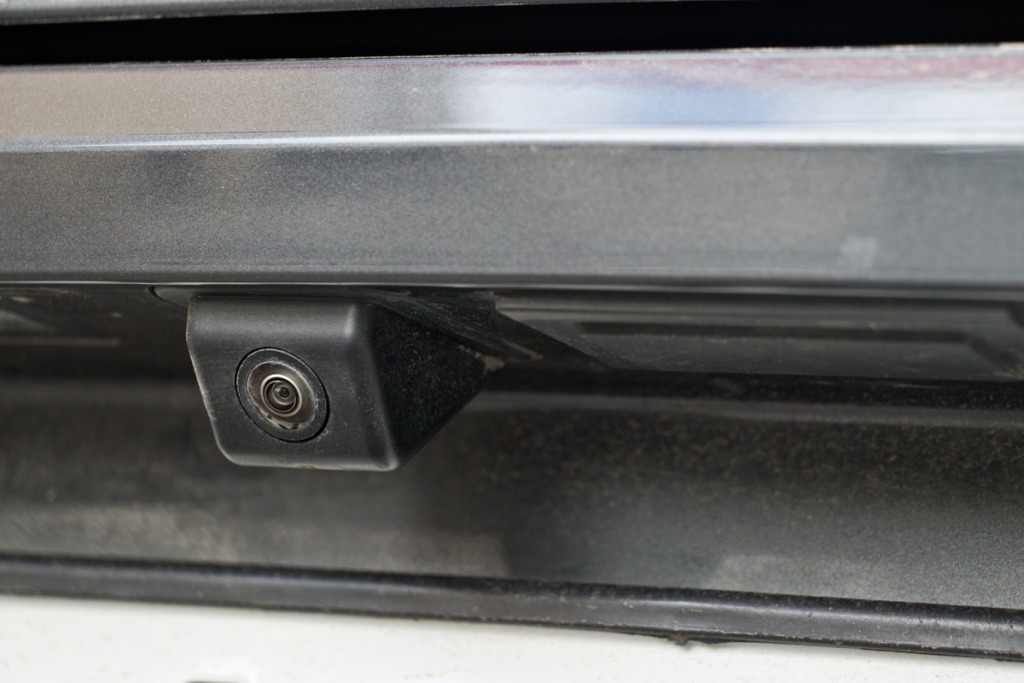
If you’re not in a hurry—it’s convenient. But when you need to move quickly, especially in a tight parking spot… You’ve paid 160,000 rubles for comprehensive insurance, but you still don’t want to scratch your neighbor. Hold on, dear, where are you going? From the outside, it probably looks funny—a man swearing, wrestling with a berserk door.

And turning to the Americans at Bose was in vain. The sound of the audio system with fourteen speakers is decent, and you can enjoy energetic music, but the amplifier power is insufficient, lacking detail and precision—Zeekr’s Yamaha is much cooler. Neither jazz nor, especially, organ fugues will do.
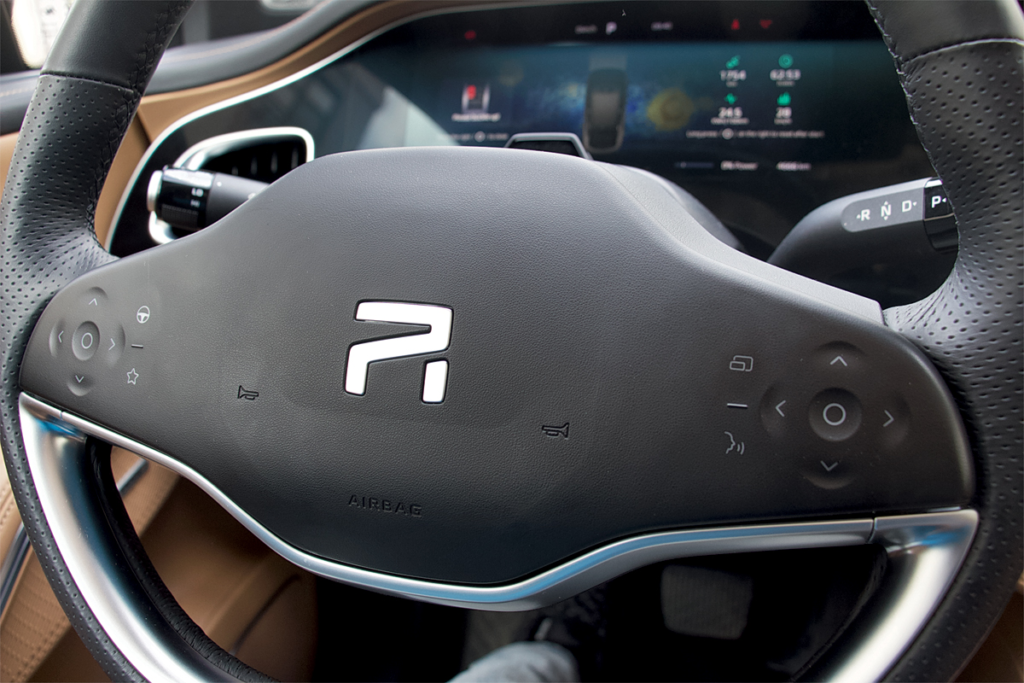
And again with the driver assistants, there’s a mystery. Everything seems activated, but the radar cruise control just won’t turn on. Maybe because in China you have to pay an extra 30,000 yuan, that’s more than four thousand dollars, for the Rising Pilot package?
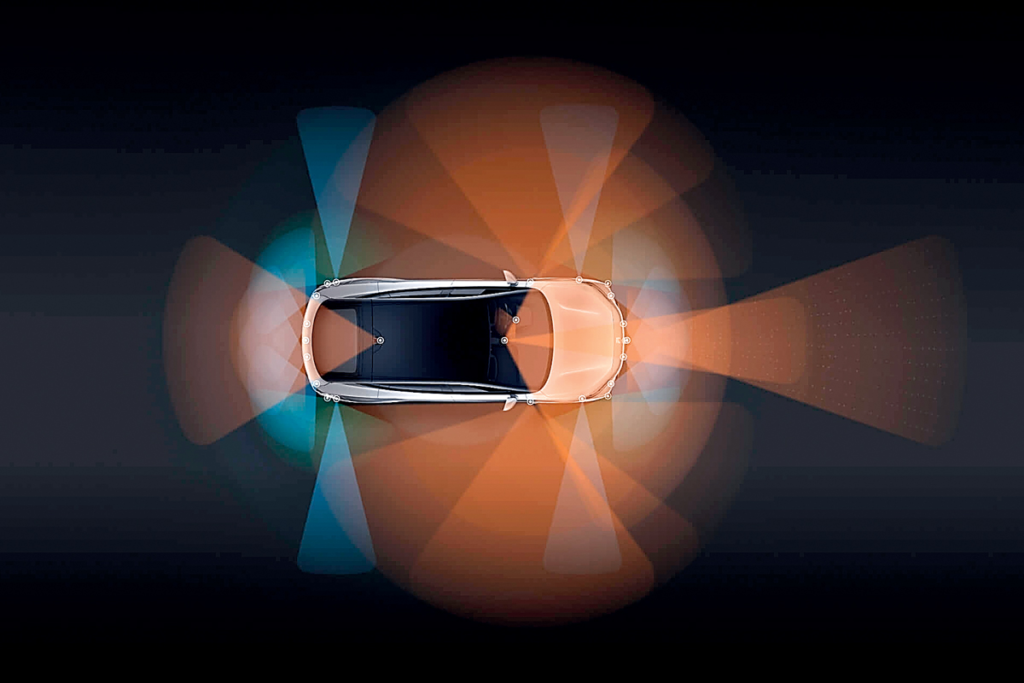
Interestingly, dealing with a master account isn’t required for Rising. True, AGP didn’t bother to rewire the SIM card, and the car needs to distribute Wi-Fi from a phone. But Rising sends no data to China, the menu here is in English, and applications, including Yandex Navigator, work on the full big screen.
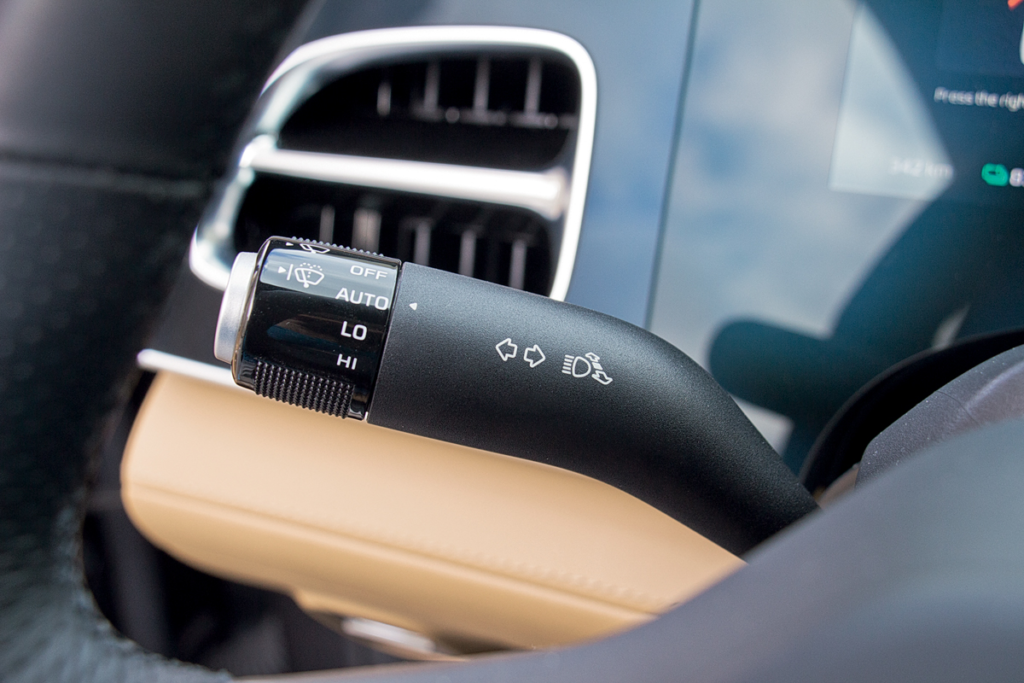

Interestingly, in China, the Feifan R7 could initially be equipped with a lidar from the American startup Luminar, but then this option was quietly removed: only four radars and twelve cameras and sonars remained. Depending on the version, assistants are handled either by an Nvidia Orin processor or a Mobileye EyeQ4 chip, and SAIC supposedly develops the algorithms itself. Apparently, not unsuccessfully. However, I caught a couple of false braking triggers—when, for example, the radar mistook a cable barrier for an obstacle.
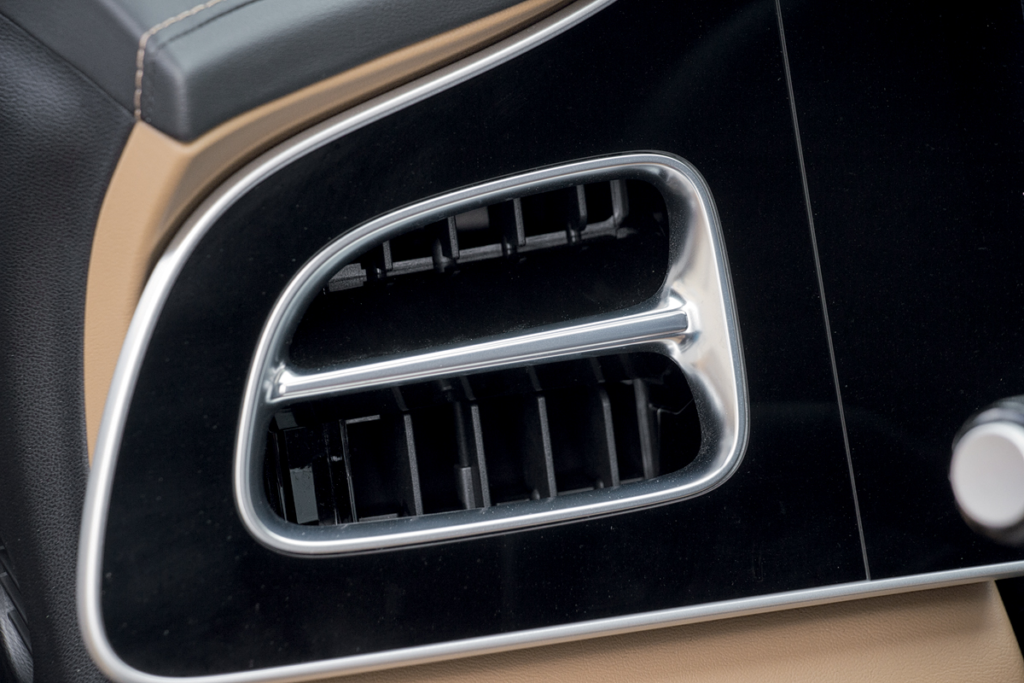
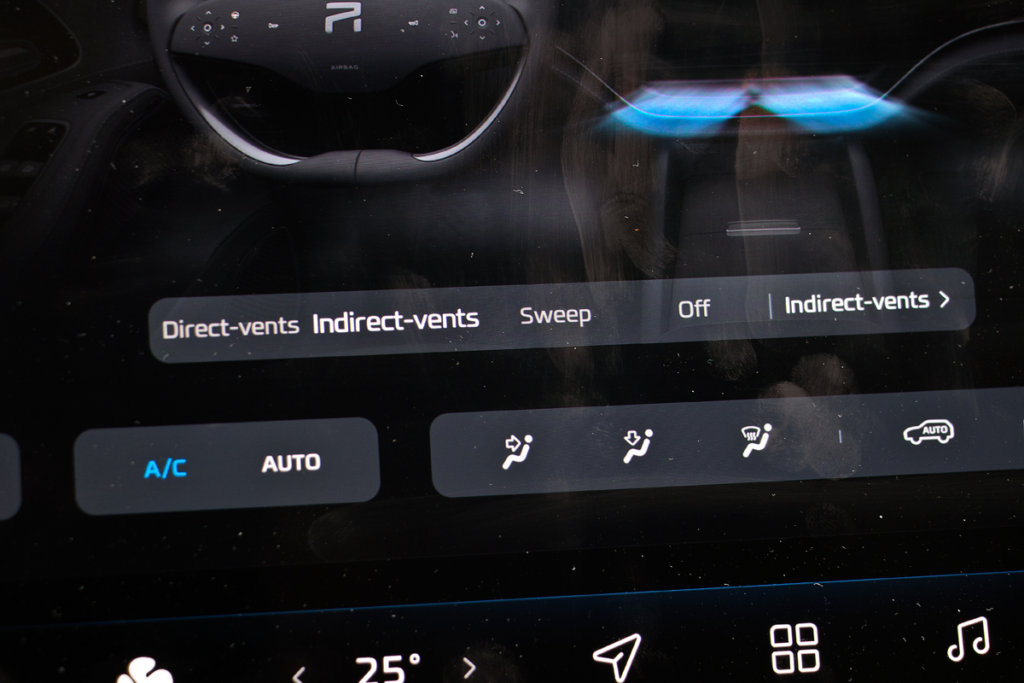
The climate control could also use some polishing—I had to set it to 25 degrees Celsius to maintain a comfortable temperature in the cabin. Interestingly, unlike the F7 liftback, the front panel deflectors in the R7 lack vertical adjustment, and the horizontal adjustment is automated—through the menu, you can direct the airflow to your face, turn it away, or choose a scanning mode, like in household air conditioners.

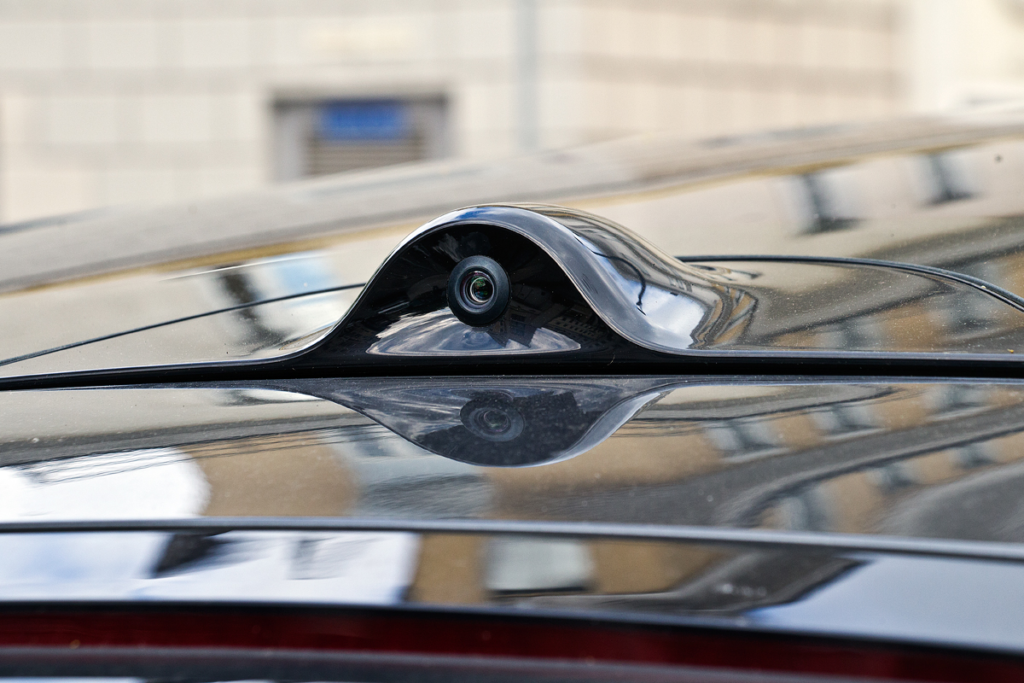
And I still can’t figure out the logic behind the automatic main lighting—it sometimes juggles the LEDs out of sync in the countryside. Although the high beam is quite powerful, the brightness of the low beam is inadequate, and the beam pattern seems “right-hand drive”—without the left shoulder.

But despite all its flaws, I was sorry to return the Rising. Sure, there’s no air suspension, and the steering adjustment is mechanical. But the car is powerful, fast, comfortable, versatile—with all-wheel drive and a high enough clearance (20 cm under the sills and 16 cm at the lowest point of the flat floor). And most importantly—I don’t want to slide around in the winter.
It would be nice to have more charging stations in Moscow…
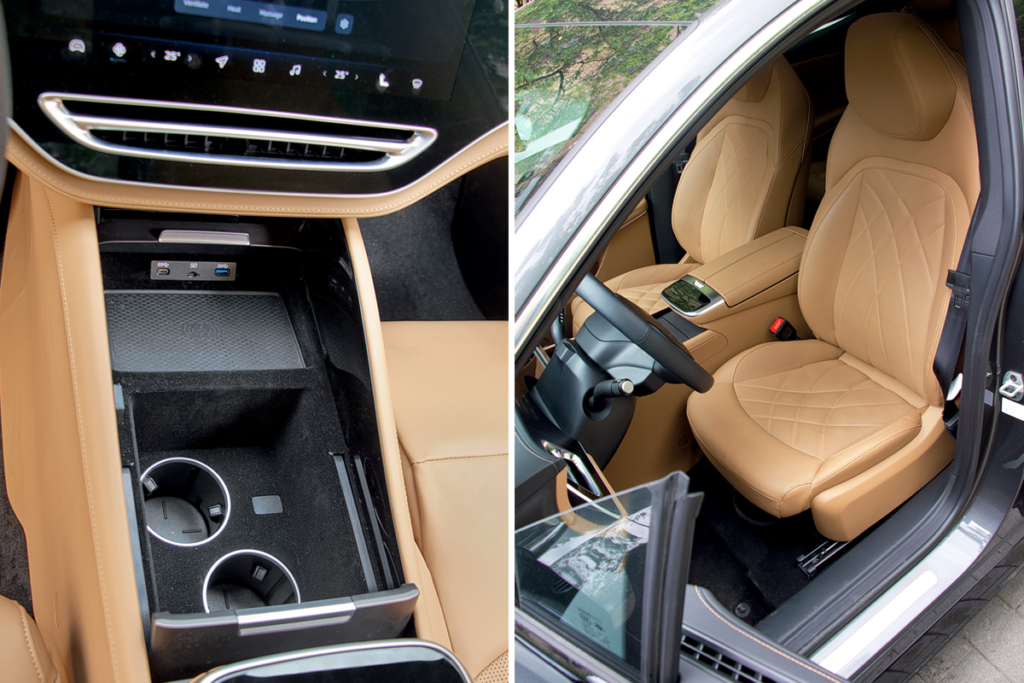
Interestingly, following Nio’s example, SAIC in China began developing a network of robotic battery swap stations RBS, Rising Battery Service, in partnership with the company CATL. Yes, the traction battery pack in the R7 is made quick-release! Supposedly the entire process takes less than three minutes. If in China, the top Feifan R7 sells for 370,000 yuan (approximately 4.9 million rubles at the current rate), then without a battery, they offer it for 257,000. You buy the car almost $15,000 cheaper—and pay about 20,000 rubles per month for unlimited use of the stations.
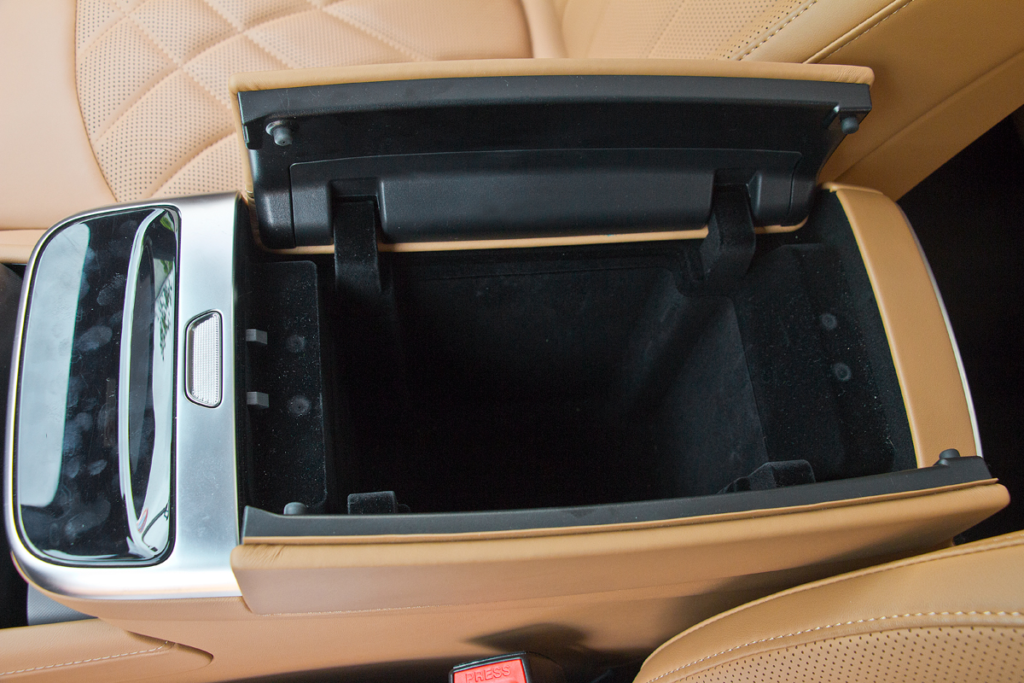
I don’t know how quickly this idea will go bankrupt—remember Shai Agassi’s burst startup Better Place? In my opinion, for successful implementation, such stations need to be omnivorous-multibrand like regular gas stations—for which a unified industry standard of traction batteries is needed. And that is not yet visible on the horizon.
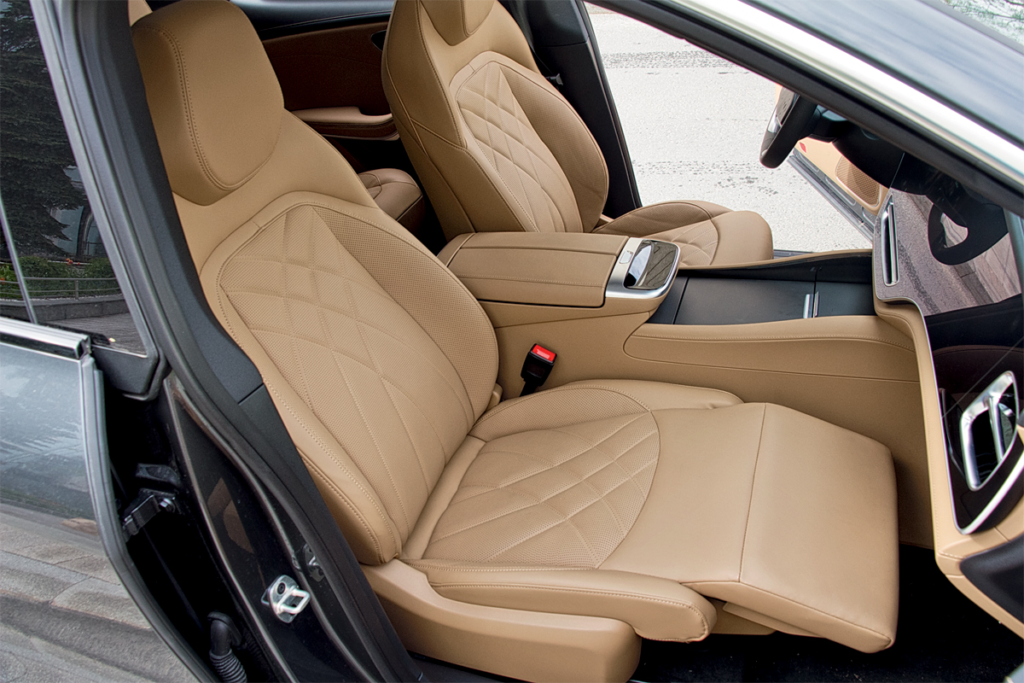
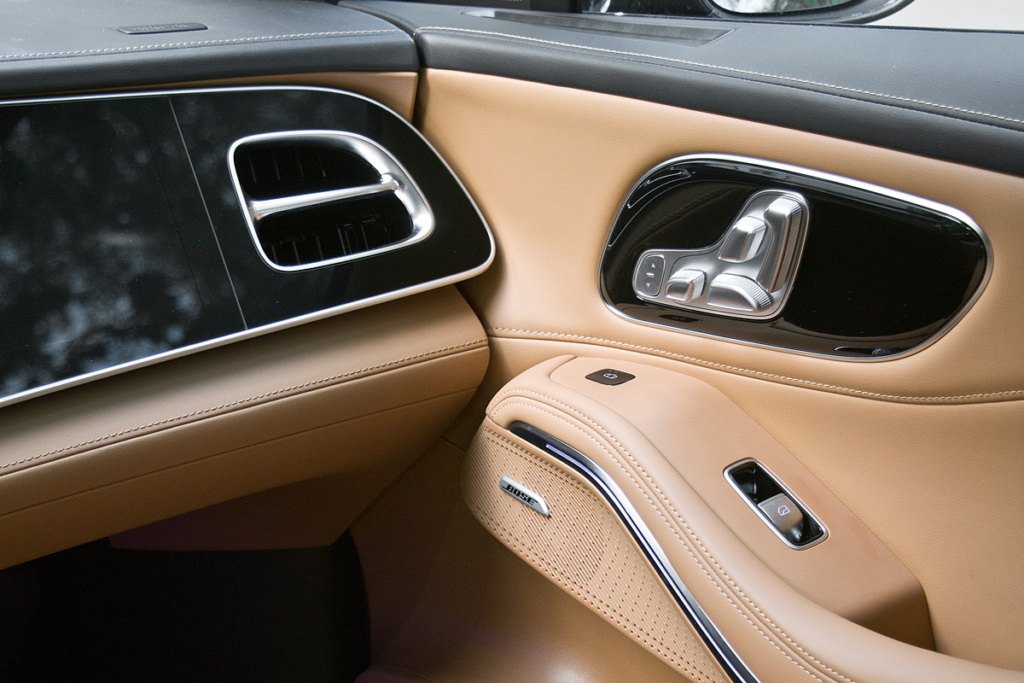

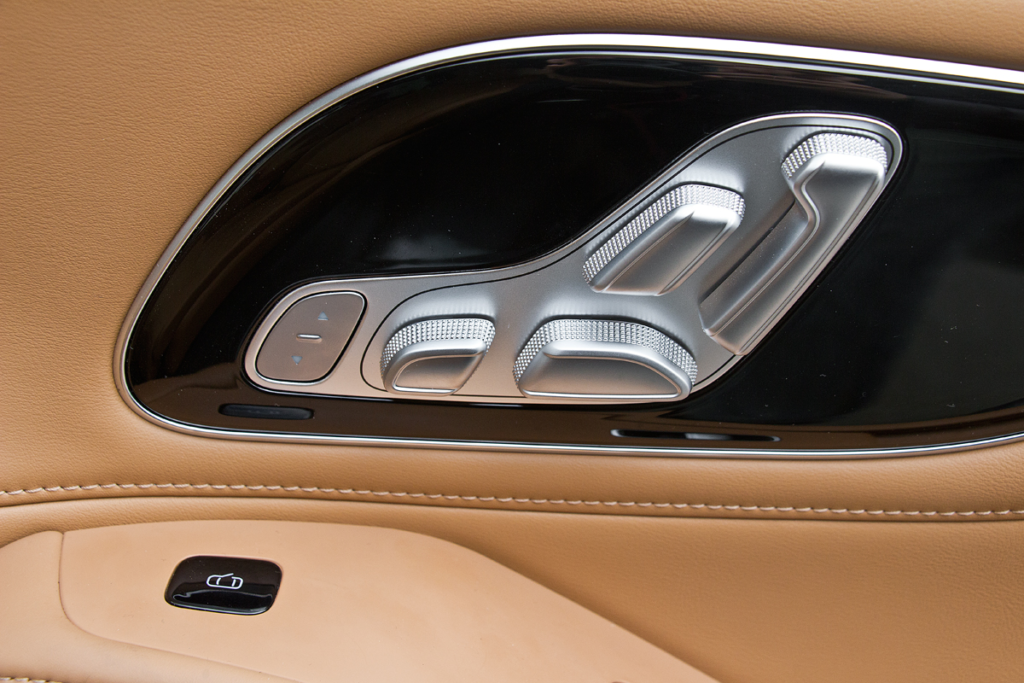
I tried to inspect the undercarriage but still could not grasp the essence of the patented Quick Click technology. How exactly does a robot at such a station disconnect not only the power and auxiliary connectors but also the thermostat system circuit?
As you understand, there’s no one to ask—even AGP specialists are not in the loop. And guess what the techs from E.N.Cars say about Rising? “We don’t know and we don’t want to know.” These cars just aren’t interesting to them: there are few of them, and the market prospects are foggy, and not just here, but also in their native China. In 2023, only 14,000 F7 liftbacks and less than 7,000 R7 crossovers were sold. For China’s 30-million market, that’s just tears. But in Shanghai, they called not to believe the rumors about firing 70% of the Feifan staff. At least, at the Beijing Auto Show, the brand’s booth was present.
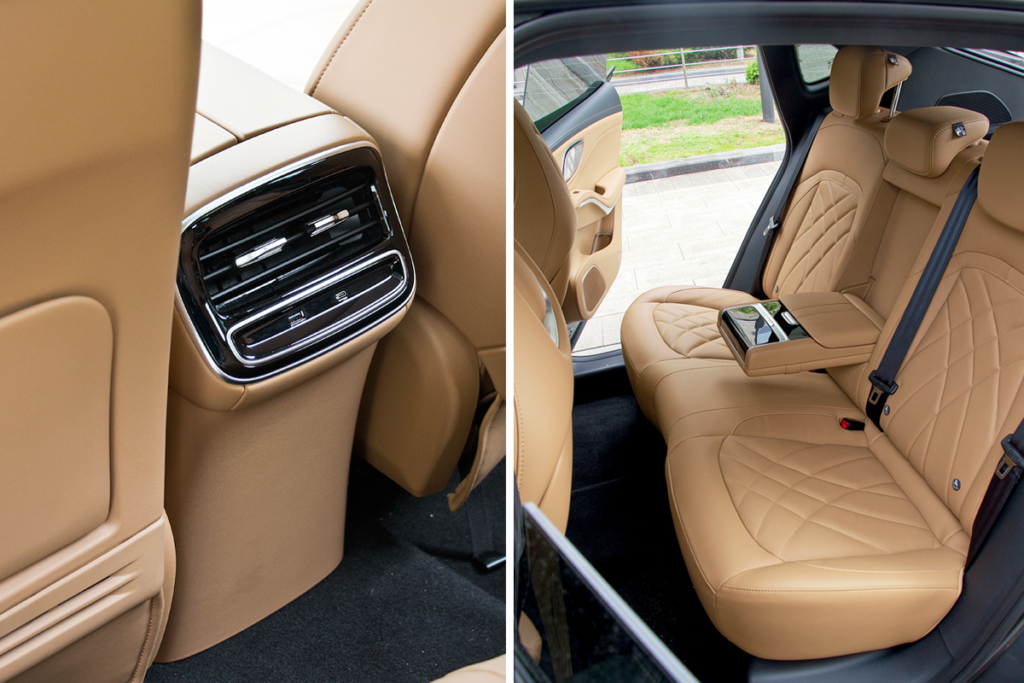

Why hasn’t Rising become as popular as Zeekr or Li? It’s a mystery to me. Management quirks? While Geely and Li Auto are private companies, SAIC is a state corporation. But that’s also insurance against complete bankruptcy. Most likely, if Rising/Feifan does indeed say its last, the cars will simply be rebranded: F7 will turn into MG9, and R7 into MGS9. After all, the legendary British brand “Morris Garages” has been owned by the Chinese since 2006, and at the March Geneva Motor Show, both Risings were already shown with MG logos.
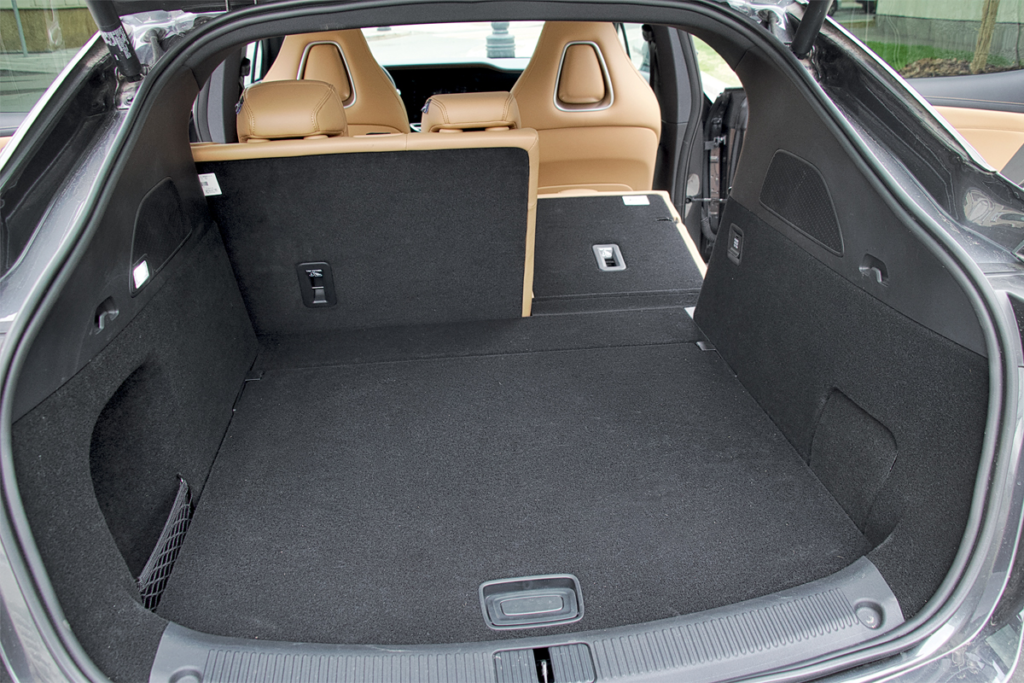
As for Russia, on the one hand, buying a rare electric car even in China might seem like madness. But its “industrial” origin and relatively simple design promise good reliability, and China won’t leave us without spare parts. Some craftsman from “Ivanov’s garages” will surely take on the repair. And if R7 eventually appears on the secondary market for about three million… Initially, Avilon listed almost an eight-million price tag, but 2022 models “hung,” and now they are ready to give away F7 for 4.6 million, and R7 for 5 million. Naturally, without a warranty (in China, it’s five years or 120,000 kilometers) and without spare parts in stock. “If necessary, we will bring,” they promise.

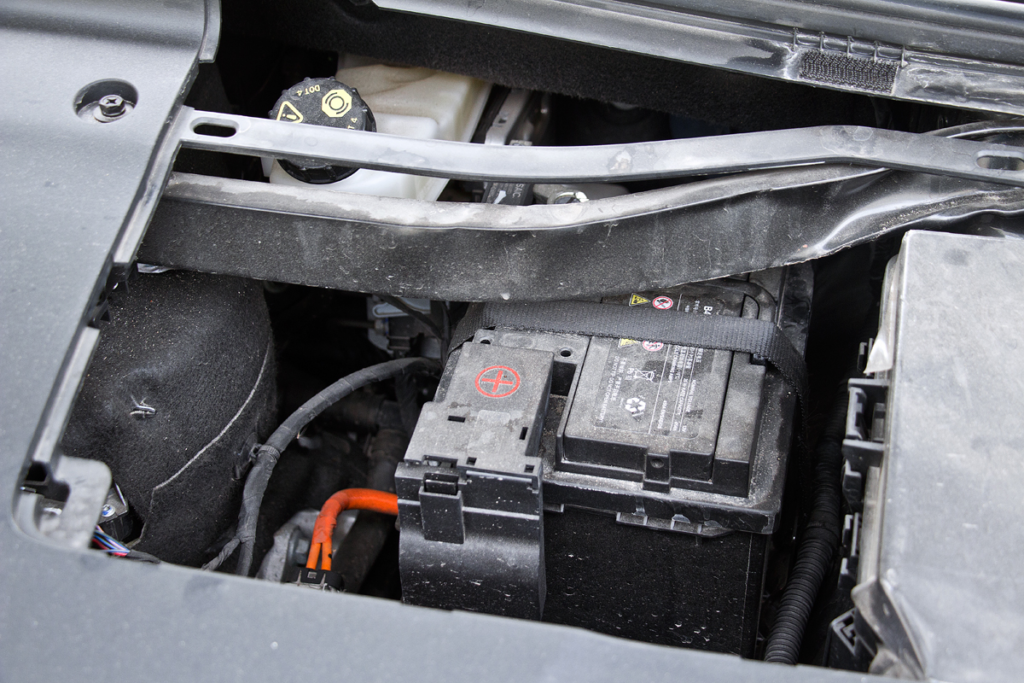
Meanwhile, on the websites of “gray” sellers, you can find offers for 2.6 million! But that’s for the basic rear-wheel-drive R7… yes, without a battery. What’s the calculation—to remove batteries from someone else’s car? Imagine: a thief who has mastered the Quick Click system approaches your electric swallow with two trolley jacks in the night, and by morning it’s lighter by half a ton and one and a half million. That will be more drastic than cutting out catalytic converters.
In short, stock up on popcorn and watch the situation develop. Maybe light will shine in the darkness, as Ronnie James Dio sang on Rainbow’s album Rising.
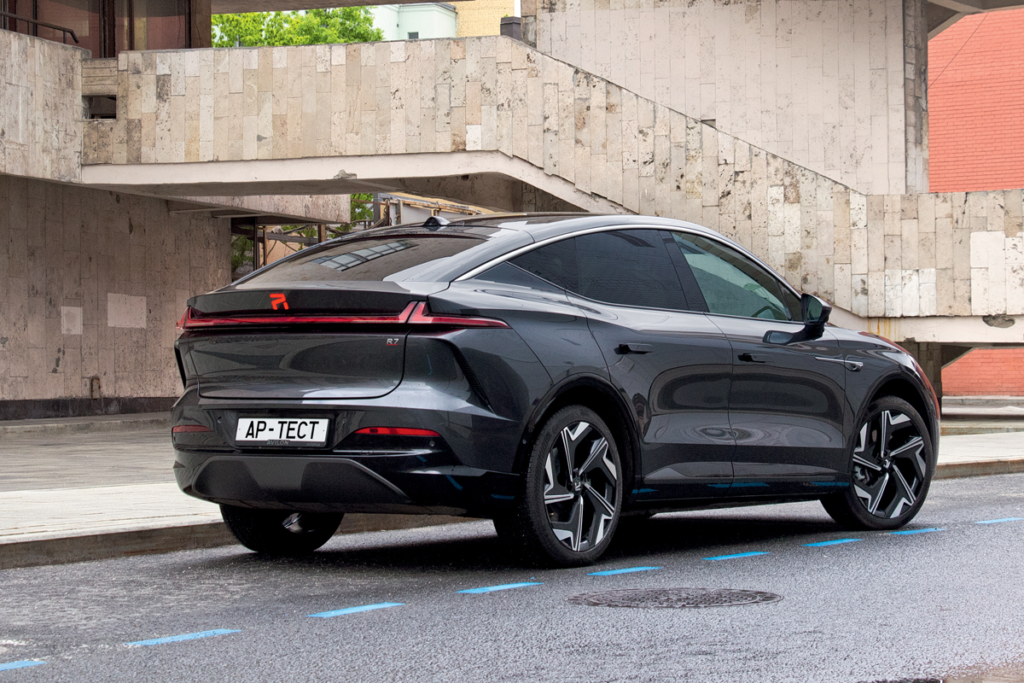
Photo: Photo: SAIC | Leonid Golovanov
This is a translation. You can read the original article here: Голованов про электромобиль Rising R7: лучше, чем Zeekr 001?

Published December 19, 2024 • 14m to read


